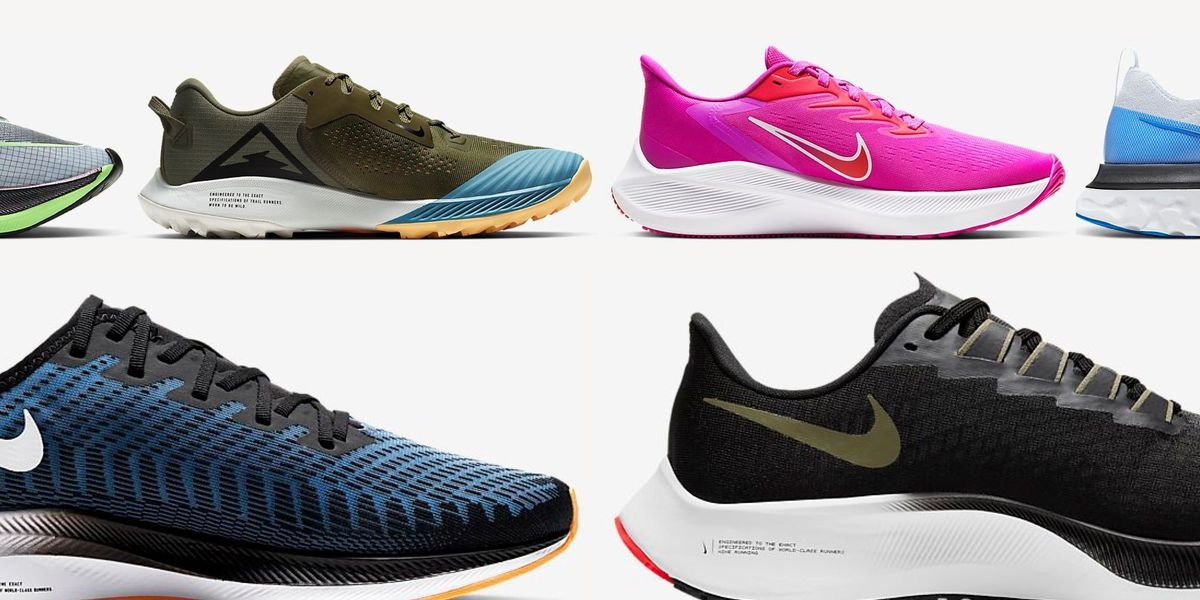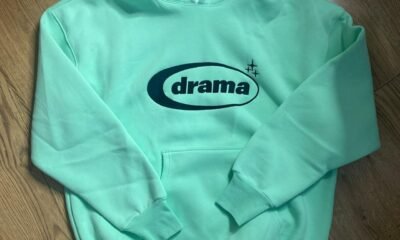The Nike Air Max Plus has become an international craze known simply as the TN. Its hyper-aggressive version has been adopted by subcultural groups worldwide, and while the general public may not be a fan, its adherents certainly are. There must be something remarkable about the Nike TN Tuned Air sole if it has attracted such a committed cult following.
There have been several tellings of how Tinker Hatfield was inspired by the Pompidou Centre and ultimately created the first Nike Air Max shoe in 1987. The Max series had been around for a decade since the Air Max Plus debuted Tuned Air in 1998. Runners worldwide were familiar with the breakthrough cushioning characteristics of the transparent bubble, but Nike knew they needed to update their technology or risk it becoming obsolete. Until now, the prevailing philosophy had been “larger is better” (compare the Air Max 1 to the AM 180), but the TN was set to alter that.
Air units were manufactured by blow moulding an elastomeric substance like “mono chloropentafluoroethane” and then pressuring it to between 5 and 50 psi. Nike introduced a novel layered membrane in the mid-1990s, constructed from two polymers and laminated using a hydrogen bond. The capacity of the membrane and inert gas combination to self-inflate is one of its most innovative features. The membrane’s composition allows oxygen and nitrogen to flow while trapping the more giant inert gas molecules on the other side. Due to oxygen’s ubiquitous nature, it will gradually seep inside until the pressure is equalised. The whole thing is rather complicated, as you can see, but sometimes the minor adjustments create the most significant impacts.
Nike’s central idea for the TN revolved upon hemispheres, which are structural pieces that may be added for stability, resulting in a sole that can provide diverse support that an all-air sole cannot. When you turn over your TN, the red spheres at the back of the heel will jump out at you. It prevents your foot from rolling inwards after contact, which reduces pronation and allows you to get more out of each stride. Due to this, Nike could reduce the amount of pressure applied to the heel, providing ample underfoot cushioning and maintaining the shoe’s structural integrity.
What does the abbreviation TN mean?
Tuned Air is what the TN in Nike’s Air Max TN refers to. What’s with the two names for the identical shoe? It was renamed by Nike, although this was never officially launched. Both the tongue and the heel feature the iconic Nike TN logo.
However, the hexagonal symbol was not originally incorporated into the designer’s work. He was almost finished sketching when he was told to make it a focal point.
How did Nike come up with the TN?
Before joining Nike, Sean McDowell created the Nike AM Plus. After being hired by Nike in 1997, he immediately designed a shoe specifically for runners. He knew what runners wanted since he was one himself and could relate to their needs.
Air technology, codenamed “Sky Air,” was planned to be included in the shoe, with the help of two contrasting hemispheres to enhance the sneaker’s cushioning. Already 15 submissions had been turned down by the store.
What kinds of Nike Air Max TN are available?
Over time, several variations of this shoe have been created. Nike has released several iterations of the Air Max Plus, including the Plus 2, Plus 3, and the hybrid Air Max Plus 97. In addition to the Ultra and Premium Edition, the Air Max Plus TN family also includes the shoe’s SE, RF, EP, and Ultra iterations.


















